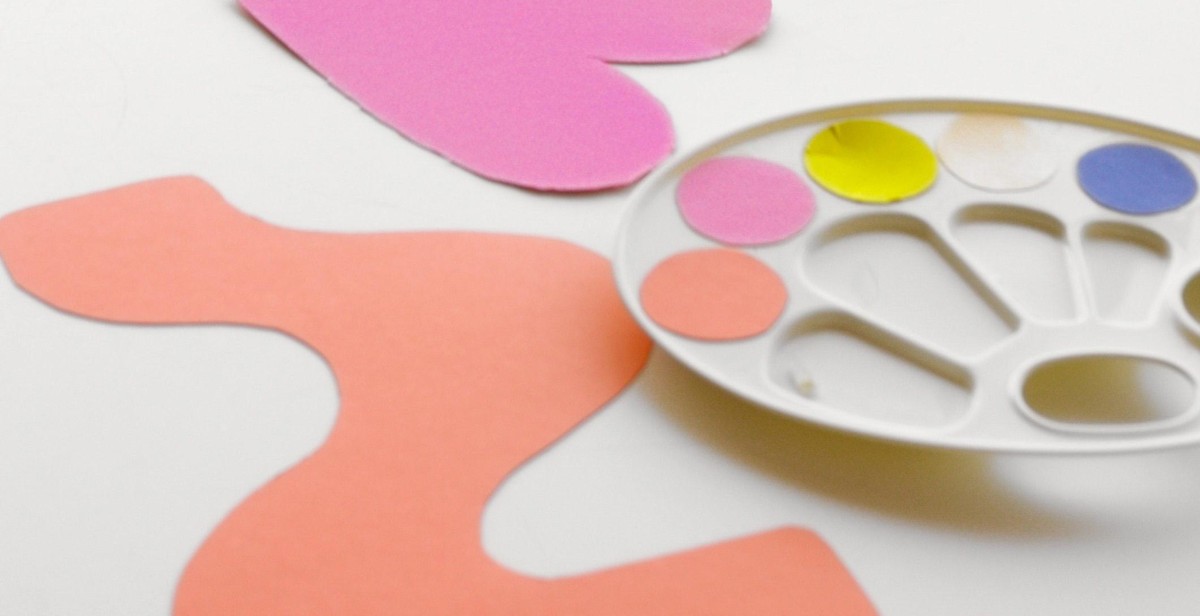How to Choose the Right Color Palette for Your Design Project: Enhancing Visual Impact
Colors are an essential element of any design project. Choosing the right color palette can make or break the success of your design. It is not just about making your project look pretty, but it is also about improving the visual impact and user experience of your project.
Why Choosing the Right Color Palette is Important for Your Design Project
Choosing the right color palette is important for several reasons:
- Brand Identity: Colors can help in establishing brand identity. A consistent color palette can help in creating brand recognition and recall.
- User Experience: Colors can affect user experience. The right color palette can make your project more engaging, intuitive, and easy to use.
- Emotions and Perceptions: Colors can evoke emotions and perceptions. The right color palette can help in conveying the right message and creating the desired emotional response from your target audience.
- Accessibility: Colors can affect accessibility. The right color palette can ensure that your project is accessible to everyone, including people with color blindness or visual impairments.
Therefore, it is essential to choose the right color palette for your design project. But how do you choose the right color palette? This article will guide you through the process of selecting the perfect color palette to enhance the visual impact of your project.

Understanding Color Theory
Before diving into choosing the right color palette for your design project, it is important to have a basic understanding of color theory. Color theory is the study of how colors interact with each other and how they can be combined to create appealing and harmonious designs.
Primary Colors
Primary colors are the three basic colors that cannot be created by mixing other colors together. These colors are red, blue, and yellow. All other colors are created by mixing these primary colors together.
Secondary Colors
Secondary colors are created by mixing two primary colors together. The three secondary colors are green (created by mixing blue and yellow), orange (created by mixing red and yellow), and purple (created by mixing red and blue).
Tertiary Colors
Tertiary colors are created by mixing a primary color with a secondary color. There are six tertiary colors: red-orange, yellow-orange, yellow-green, blue-green, blue-purple, and red-purple.
Color Wheel
The color wheel is a visual representation of how colors relate to each other. It is divided into twelve sections, with the primary, secondary, and tertiary colors evenly spaced around the wheel. The colors opposite each other on the wheel are known as complementary colors and can be used to create contrast and visual interest in a design.
| Primary Colors | Secondary Colors | Tertiary Colors |
|---|---|---|
| Red | Green (blue + yellow) | Red-orange (red + orange) |
| Blue | Orange (red + yellow) | Yellow-orange (yellow + orange) |
| Yellow | Purple (blue + red) | Yellow-green (yellow + green) |
| Blue-green (blue + green) | ||
| Blue-purple (blue + purple) | ||
| Red-purple (red + purple) |
Understanding color theory is essential when choosing a color palette for your design project. By using colors that are harmonious and complementary, you can create a visually appealing design that effectively communicates your message.

Factors to Consider When Choosing a Color Palette
Choosing the right color palette for your design project is crucial for enhancing visual impact and effectively communicating your message to your target audience. Here are some key factors to consider:
Target Audience
Consider the demographics and preferences of your target audience. Are they predominantly male or female? What age range do they fall into? What are their cultural backgrounds? These factors can influence the color palette you choose.
Brand Identity
Your color palette should align with your brand identity and messaging. Think about the emotions and values you want to convey through your brand. For example, if you are a health and wellness brand, you may want to choose calming and soothing colors like blue and green.
Psychology of Color
Color can evoke different emotions and feelings in people. For example, red can signify passion or danger, while yellow can represent happiness or caution. Consider the psychology of color when choosing your color palette to ensure that it aligns with your messaging and target audience.
Color Contrast
Color contrast is important for ensuring that your design is visually appealing and easy to read. Choose colors that have enough contrast between them to make your design stand out. Avoid using colors that are too similar or bright, as they can be difficult to read and may cause eye strain.
Color Harmony
Color harmony is the art of combining colors in a way that is visually pleasing. There are several color schemes that you can use to achieve color harmony, such as monochromatic, complementary, and analogous. Choose a color scheme that aligns with your brand identity and messaging.
| Color Scheme | Description |
|---|---|
| Monochromatic | A color scheme that uses different shades and tints of the same color. |
| Complementary | A color scheme that uses colors that are opposite each other on the color wheel. |
| Analogous | A color scheme that uses colors that are adjacent to each other on the color wheel. |
By considering these factors, you can choose a color palette that effectively communicates your message, enhances visual impact, and resonates with your target audience.

Tools to Help You Choose the Right Color Palette
Choosing the right color palette for your design project can be a tedious and overwhelming task. Fortunately, there are several online tools available to help you make the process easier and more efficient. Here are some of the best tools for generating, picking, and finding inspiration for color palettes:
Color Palette Generators
Color palette generators are online tools that help you create a color scheme by generating a set of colors based on a single color or a combination of colors. Here are some popular color palette generators:
- Coolors: a color scheme generator that allows you to create, save, and share color palettes.
- Color Hunt: a collection of curated color palettes that you can browse and download.
- My Color Space: a color palette generator that allows you to create color schemes based on color theory principles.
Color Picker Tools
Color picker tools are online tools that allow you to select a color from an image or a website and get its corresponding color code. Here are some popular color picker tools:
- Image Color Picker: a tool that allows you to select a color from an image by uploading it or providing a URL.
- HTML CSS Color: a color picker tool that allows you to select a color and get its corresponding HTML or CSS code.
- ColorZilla: a browser extension that allows you to pick colors from any website and get their corresponding hex codes.
Color Scheme Inspiration Websites
Color scheme inspiration websites are online resources that provide you with ideas and inspiration for color palettes. Here are some popular color scheme inspiration websites:
- Design Seeds: a website that provides color palettes inspired by nature, food, and everyday objects.
- Adobe Color CC: a website that allows you to create and save color palettes, and also provides a gallery of user-generated color schemes.
- Canva Color Palettes: a website that provides color palettes for different design styles and moods.
| Tool | Type | Description |
| Coolors | Generator | A color scheme generator that allows you to create, save, and share color palettes. |
| Color Hunt | Gallery | A collection of curated color palettes that you can browse and download. |
| My Color Space | Generator | A color palette generator that allows you to create color schemes based on color theory principles. |
| Image Color Picker | Picker | A tool that allows you to select a color from an image by uploading it or providing a URL. |
| HTML CSS Color | Picker | A color picker tool that allows you to select a color and get its corresponding HTML or CSS code. |
| ColorZilla | Browser Extension | A browser extension that allows you to pick colors from any website and get their
ConclusionChoosing the right color palette is crucial for any design project. It can make or break the visual impact of your design and affect how your audience perceives your brand or message. When selecting colors, it’s important to consider the psychology behind them and how they can evoke emotions and convey meaning. Understanding color theory and the color wheel can also help you create harmonious and balanced palettes. Another important factor is to consider the context and purpose of your design. Different colors can be more suitable for certain industries or types of content. For example, bright and bold colors may work well for a children’s toy brand, while muted and earthy tones may be more appropriate for a sustainable fashion brand. Don’t forget to also consider accessibility and inclusivity when choosing colors. Ensure that your palette is readable for people with color vision deficiencies and that it doesn’t exclude any groups of people. Overall, taking the time to carefully choose the right color palette can greatly enhance the visual impact of your design and effectively communicate your message to your audience. Quick Tips:
By following these tips, you can create a visually stunning design that effectively communicates your brand or message to your audience. |
